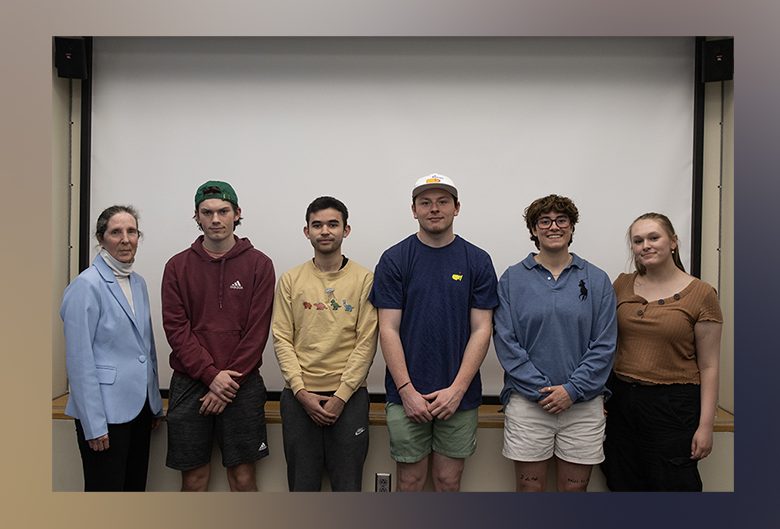Recently in science news, the Australian gastric-brooding frog, a previously extinct species, was briefly brought back to life using the cloning technique, somatic cell nuclear transfer. The technology has previously been used to study lethal diseases in a lab setting. However, bioengineers have been using the technology to bring back species not seen on this planet for decades.

For some conservationists, this new and emerging science may seem like the solution to mass extinction in the 21st century. We should consider the possible consequences, however, before embarking on a massive “de-extinction” excursion. The rate of extinction is saddening. However, these species went extinct for a reason: There is no more room for them on this planet. Each species in an ecosystem has a niche, or a certain role it plays in the system. When a species goes extinct, the role is taken over by another species, or it disappears completely. Thus, if we were to repopulate the world with previously extinct species, they would be placed in ecosystems that no longer have room for them, especially if they went extinct 30 years ago. The use of this technology for “de-extinction” is unethical and could result in the destruction of even more habitats.
Amphibians are being wiped out right and left as anthropogenic toxins get absorbed into their skin. Their natural habitats are polluted with runoff from our industrial factories. Even if we were to successfully clone a population of gastric-brooding frogs, where would we put them? If their habitats were destroyed, they would have to be introduced into a habitat where other amphibians, unaccustomed to this frog, are already living. Are we repopulating the earth with its natural inhabitants or are we just increasing the amount of invasive species?
Invasive species lead to the extinction of native species in the same way as habitat destruction. In some sense, invasive species destroy habitats by changing their composition. This can be seen clearly on the Galápagos Islands, where invasive species have increasingly become a problem as tourism increases. Before humans colonized the islands in the 19th century, the Galápagos were a pristine environment with some of the highest rates of endemism in the world. The organisms of Darwin’s natural laboratory evolved alone, separated from outside populations. Consequently, the adaptations these organisms display resulted from isolation.
In the same way that Native Americans were not accustomed to European diseases during the colonial period, the Galápagos endemics were in no shape to challenge mainland species being brought over from South America. Canine and feline derived infections began to devastate sea lion populations of the islands colonized by humans. The slow moving tortoises of Isabela Island were practically wiped out by feral goats, resulting in a conservation plan to eliminate all the goats on Isabela using machine gun mounted helicopters. The Galápagos is an excellent laboratory for viewing the effects of introduced species on present populations of native species.
Somatic cell nuclear transfer is an ingenious discovery. It will be used in medical research to help solve the mystery of many genetic diseases. It should not, however, be used to bring back species that have already left the pool of biodiversity. It is an unethical procedure and one that could have drastic effects for those species still persevering through human destruction. The only way to slow the anthropogenic extinction of species is to stop destroying habitats. We must preserve the pristine environments and biodiversity we still have.
Robert Griffin-Nolan is a senior biology major at Ithaca College. Email him at [email protected]






